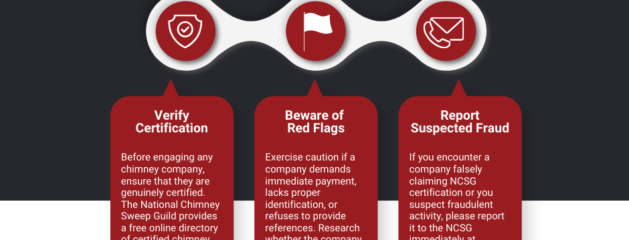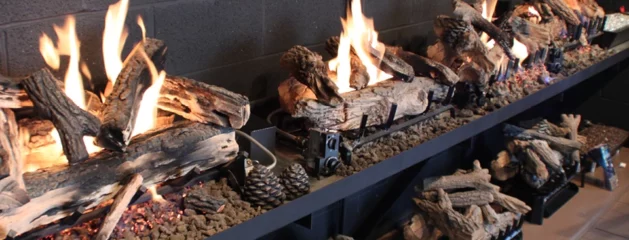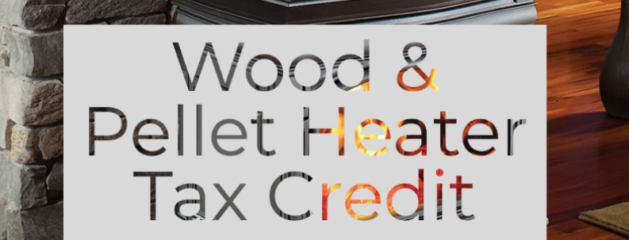The Village Chimney Sweeps wants to pass along some great information from the NCSG about contractors, companies, and/or individuals claiming they are part of the National Chimney Sweep Guild, when they are not. Contractor scams are on the rise again, and it’s a good reminder to be aware of these individuals trying to take advantage of you. Fire safety is not one to take lightly when it comes to your home, business, and lives. Some tips to ensure you are working with companies that are part of the NCSG: Verify that they are members by checking the online directory of certified chimney sweeps (or anyone claiming they are a member of any organization) Beware of red flags, such as bids that come in far below others in the area for the same scope of work, only accepting cash, going door-to-door, or cannot provide any references for work completed. You can report any suspected fraud of those claiming to be part of the National Chimney Sweep Guild by calling 317-837-1500 Don’t be afraid to reach out and make some calls before agreeing to anything you don’t feel comfortable with. If they really want your business, they can wait until you check their references or with someone else (like us!) who may be able to...
Read MoreFraudulent Chimney Sweep Companies




